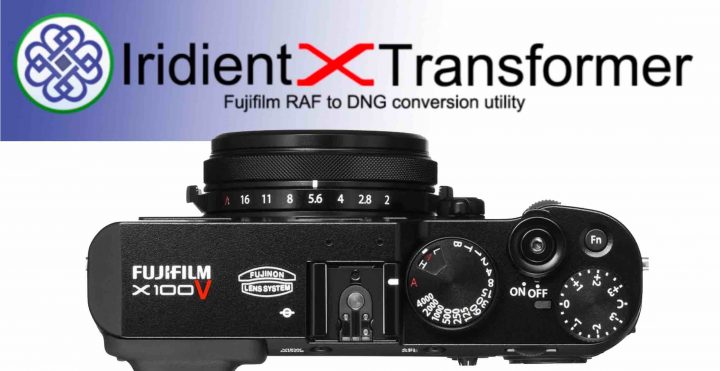

If you'd like to learn how to use Adobe Lightroom more efficiently on any device, make sure to check out our Mastering Adobe Lightroom course with Pye Jirsa. However, with Fujifilm X-Trans cameras, it's clear that Capture One is the better choice. This may also be the case with some Fujifilm APS-C cameras that use a Bayer sensor. Capture One and Lightroom perform admirably with Fujifilm medium format cameras. If you shoot with medium format cameras such as the GFX 100S and the new GFX 50S II, then the differences are negligible. Essentially, it makes images look like they have high ISO noise, regardless of what ISO they were shot at. The worming issue creates an unwanted variable for which there doesn't seem to be any reasonable fix.

With Fujifilm, there are objective differences that cannot be ignored. There was no clear way to determine a winner because both programs produced great results. With Canon and Sony, the choice between Lightroom and Capture One was entirely down to personal preference. In this series of articles, we covered Canon, Sony, and now Fujifilm. If you're a professional photographer, it may be wise to avoid Lightroom and use Capture One instead. If you're creating content for social media, then this may be a forgivable issue. If you're a landscape photographer, you will likely come across this issue in your images. Effectively, this worming issue is going to be a problem if what you photograph contains a lot of green tones, for example, landscape photography, All of the other images tested did not demonstrate any issues. From the images that have been tested over the last month, it seems Lightroom mostly struggles with the color green.


 0 kommentar(er)
0 kommentar(er)
